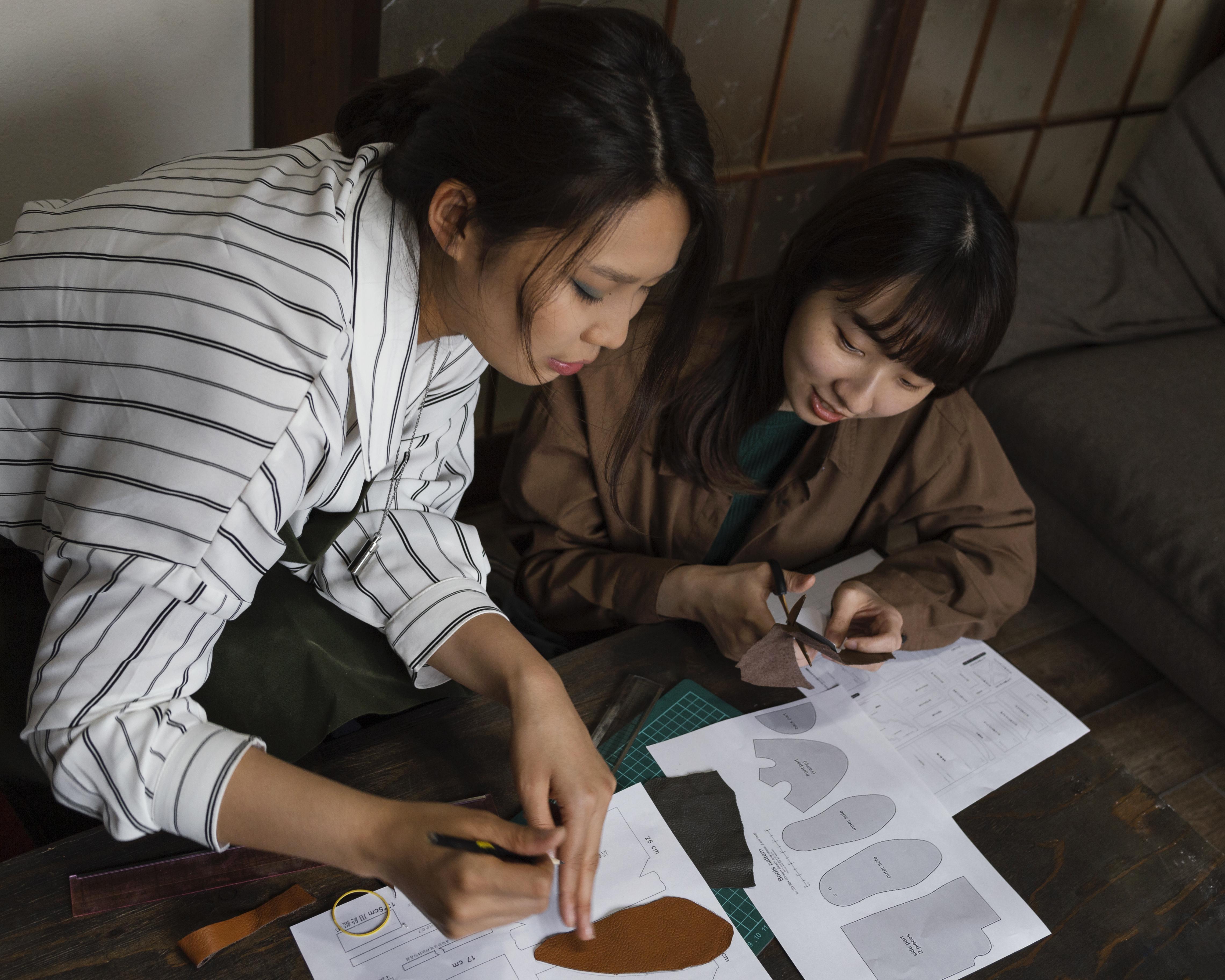Establishing A Democratic Learning Environment

In today's diverse classrooms, it is crucial for teachers to create a democratic learning environment that fosters inclusivity and equal opportunities for all students. By establishing a democratic classroom, teachers can help students feel valued, respected, and involved in their own learning process. In this article, we will explore the characteristics of a democratic classroom and discuss its numerous benefits.
Defining a Democratic Learning Environment
A democratic learning environment is one where students are actively engaged in decision-making, have equal opportunities to participate, and are respected for their unique perspectives and contributions. It removes partiality from classrooms and encourages collaboration, critical thinking, and social-emotional development.
Promoting Student Voice and Choice
Central to a democratic learning environment is the importance of student voice and choice. Teachers can involve all students by providing opportunities for them to express their opinions, make decisions, and take ownership of their learning. This creates a sense of empowerment and helps students develop important life skills such as communication, problem-solving, and self-advocacy.
Creating a Safe and Inclusive Space
A democratic learning environment encourages open dialogue and respects the diverse backgrounds and experiences of all students. Teachers must establish a safe, inclusive space where students feel comfortable sharing their thoughts and ideas without fear of judgment. This fosters creativity, critical thinking, and empathy among students.
Encouraging Cooperative Learning
Cooperative learning plays a crucial role in a democratic classroom. It involves students working together in small groups or pairs, allowing them to learn from each other, share ideas, and develop social skills. Cooperative learning fosters positive relationships among students, improves academic performance, and enhances overall classroom dynamics.
Supporting Active Learning
A democratic learning environment promotes active learning, where students are actively engaged in the learning process rather than passively receiving information. Teachers can achieve this through hands-on activities, problem-solving tasks, debates, projects, and discussions. Active learning deepens understanding, increases retention, and encourages students to become lifelong learners.
Cultivating Respectful Communication
Effective communication is essential in a democratic classroom. Teachers must create opportunities for students to express their thoughts respectfully, listen actively, and engage in meaningful dialogue. By modeling and reinforcing respectful communication, teachers foster a positive and collaborative classroom culture.
Emphasizing Emotional Well-being
A democratic learning environment recognizes the importance of students' emotional well-being. Teachers should create a supportive atmosphere where students feel emotionally safe, valued, and supported. This can be accomplished through positive reinforcement, regular check-ins, and incorporating social-emotional learning practices.
Developing Critical Thinking Skills
By encouraging open-ended questions, facilitating debates, and providing opportunities for higher-order thinking, teachers can help students develop critical thinking skills in a democratic classroom. This prepares them to navigate complexities, solve problems, and make informed decisions throughout their lives.
Nurturing Empathy and Global Awareness
A democratic classroom instills empathy and global awareness by honoring diverse perspectives and exposing students to different cultures, experiences, and world issues. Teachers can incorporate multicultural literature, global projects, and community outreach activities to broaden students' understanding and cultivate empathy.
Promoting Student Leadership
A democratic learning environment empowers students to become leaders and take responsibility for their own learning. Teachers can provide opportunities for students to plan, organize, and lead classroom activities, projects, and discussions. This fosters self-confidence, collaboration, and enhances student engagement.
Encouraging Reflection and Feedback
Teachers in a democratic classroom encourage students to reflect on their learning and provide feedback on various aspects of the learning process. Regular self-reflection and peer feedback help students identify their strengths, areas for improvement, and develop a growth mindset.
Enhancing Academic Success
A democratic learning environment leads to improved academic success by ensuring that all students have equal opportunities to excel. Students who feel valued, recognized, and involved are more likely to be motivated, engaged, and achieve their full potential.
Fostering Civic Responsibility
A democratic learning environment prepares students to be active participants in society by nurturing their sense of civic responsibility. As students engage in democratic practices within the classroom, they develop a deeper understanding of their rights, responsibilities, and the importance of being informed and engaged citizens.
Benefits for Teachers
Establishing a democratic learning environment benefits teachers as well. Teachers witness increased student engagement, a positive classroom culture, improved teacher-student relationships, and a more comprehensive understanding of students' individual needs and learning styles.
Benefits for Students
By creating a democratic classroom, teachers provide students with a safe and inclusive space where their voices are heard, and their contributions are valued. This leads to increased motivation, confidence, academic success, and ultimately, a love for lifelong learning.
Conclusion
Establishing a democratic learning environment is imperative for teachers seeking to create a supportive, inclusive, and engaging classroom for all students. By valuing and involving every student's voice and choice, teachers can ignite a passion for learning and empower students to thrive academically, socially, and emotionally.
In a democratic learning environment, teachers can implement strategies that support the success of all students by removing barriers and promoting inclusivity. By catering to the diverse needs of each student, teachers ensure that every individual has the opportunity to succeed.
A democratic learning environment eliminates bias and partiality, ensuring that every student is provided with equal opportunities to contribute, learn, and grow. This cultivates a fair and unbiased educational experience, where all students feel valued and acknowledged.
As educators, teachers have the power to shape the learning experiences of their students. By embracing and promoting the values of democracy, teachers create an environment that enables students to flourish academically, socially, and emotionally.
Check This Out!
|
| |
|
| |
|
|











